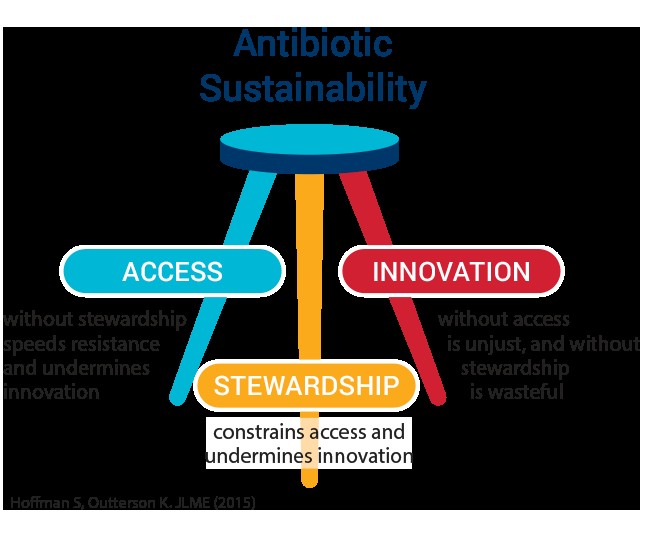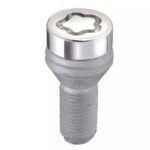A carburetor is a vital component in many older gasoline engines, responsible for mixing air and fuel in the correct proportions for combustion. Understanding its connection to other engine parts is crucial for proper maintenance and repair. This article explores the key connections and their functions within the engine system.
Essential Connections to a Carburetor
The carburetor relies on several key connections to function correctly:
1. Fuel Inlet: The Lifeline
The fuel inlet is the carburetor’s connection to the fuel supply. Fuel, typically gasoline, is delivered from the fuel tank via a fuel pump and fuel lines. This continuous supply of fuel is essential for the carburetor to create the air-fuel mixture. A blockage or malfunction in the fuel inlet can starve the engine of fuel, leading to poor performance or stalling.
 alt
alt
2. Air Intake: Breathing Life into the Engine
The air intake system delivers filtered air to the carburetor. This connection is often through an air filter housing and ducting. The carburetor then mixes this air with fuel. A clean air filter ensures a proper supply of clean air, maximizing engine efficiency and preventing internal damage.
3. Intake Manifold: Pathway to the Cylinders
The intake manifold connects the carburetor to the engine’s cylinders. The air-fuel mixture created by the carburetor is drawn into the cylinders through this pathway during the engine’s intake stroke. A secure and leak-free connection to the intake manifold is vital for optimal engine performance and prevents vacuum leaks.
4. Throttle Linkage: Controlling the Flow
The throttle linkage connects the accelerator pedal to the carburetor’s throttle plate. Pressing the accelerator pedal actuates the throttle linkage, opening the throttle plate and allowing more air-fuel mixture into the engine, increasing engine speed. This connection provides the driver with direct control over the engine’s power output.
5. Vacuum Lines: Powering Accessories
The carburetor often has several vacuum lines connected to various engine components, such as the distributor’s vacuum advance mechanism and emissions control systems. These lines utilize engine vacuum to power or control these auxiliary systems. Maintaining the integrity of these vacuum lines is crucial for proper engine function and emissions control.
6. Choke Mechanism: A Cold Start Helper
The choke mechanism enriches the air-fuel mixture during cold starts, aiding in engine ignition. This mechanism can be manually or automatically controlled and is essential for reliable starting in cold weather conditions. It restricts airflow, increasing fuel concentration for easier ignition.
Conclusion: A Network of Power
The carburetor’s connection to various engine components is a complex but vital network. Each connection plays a crucial role in delivering fuel and air, controlling engine speed, and powering auxiliary systems. Understanding these connections is fundamental for anyone working on older gasoline engines. Maintaining these connections ensures optimal engine performance, fuel efficiency, and reliable operation.


